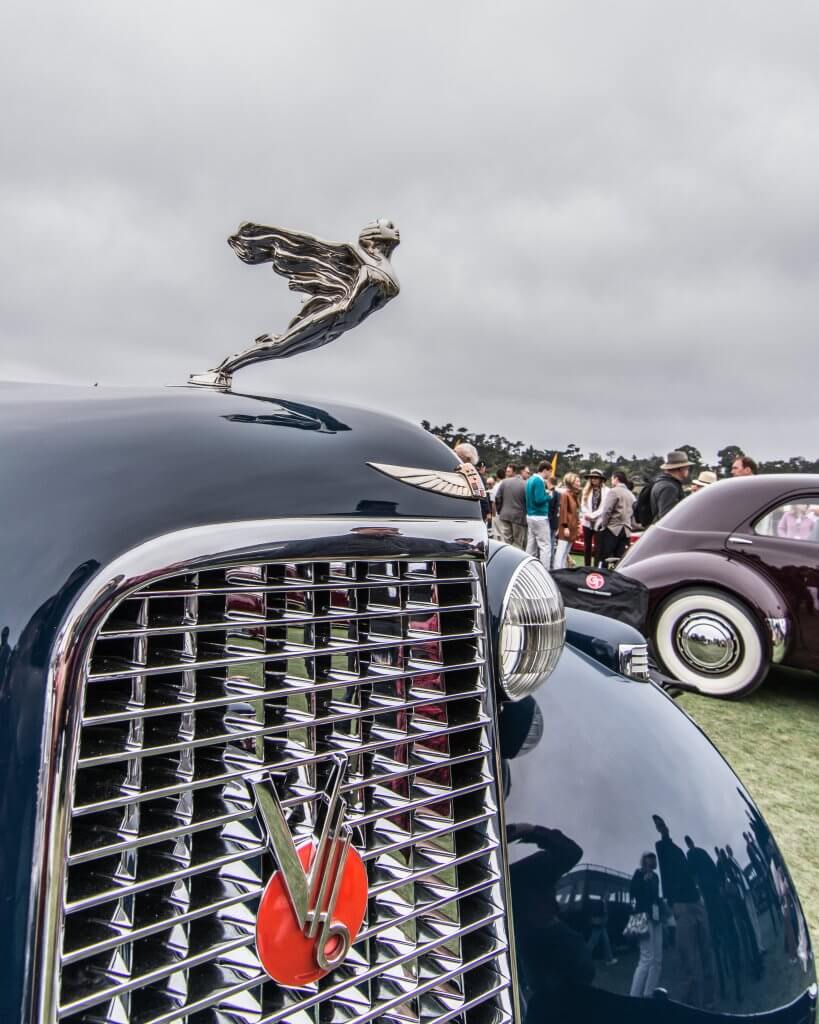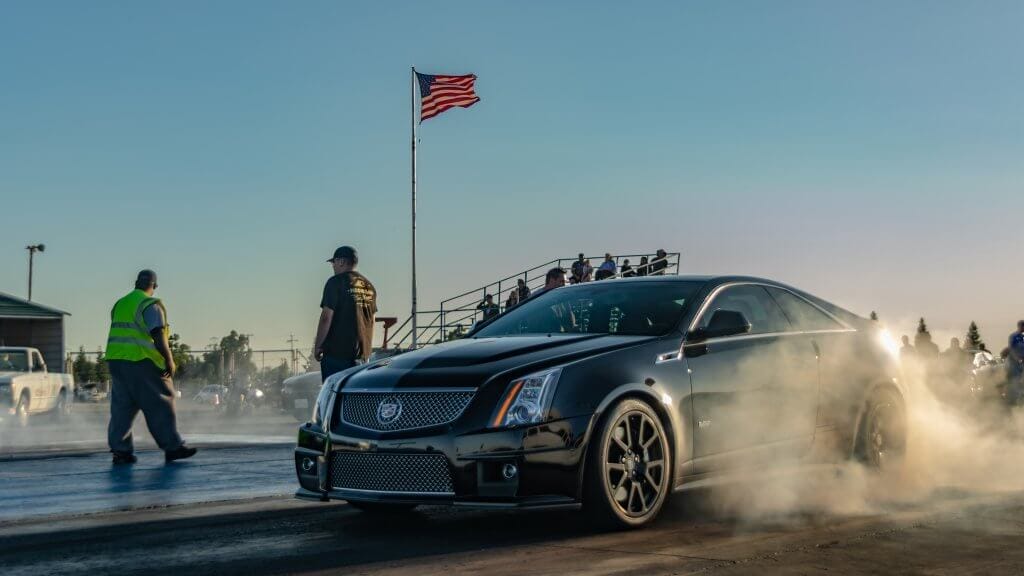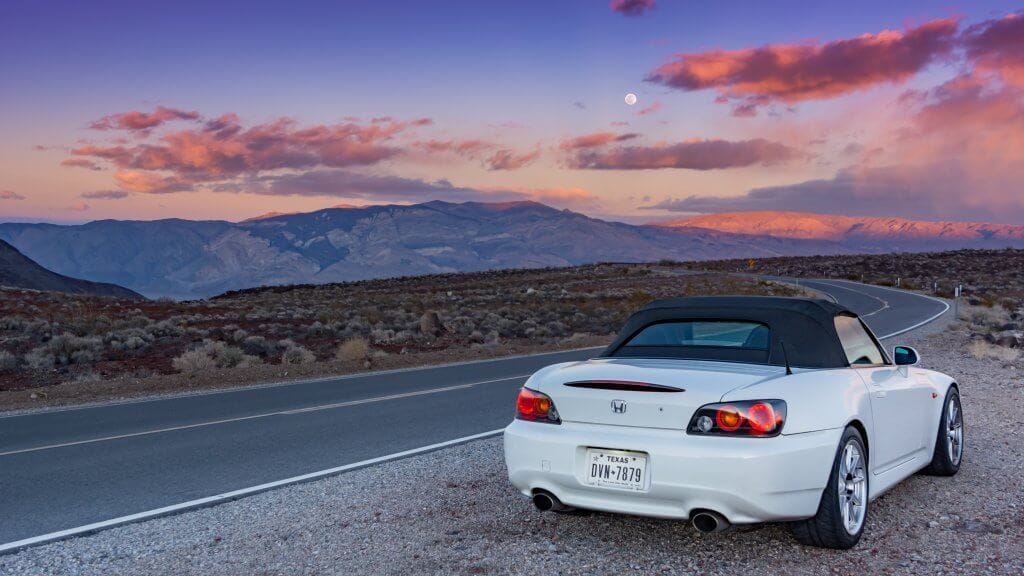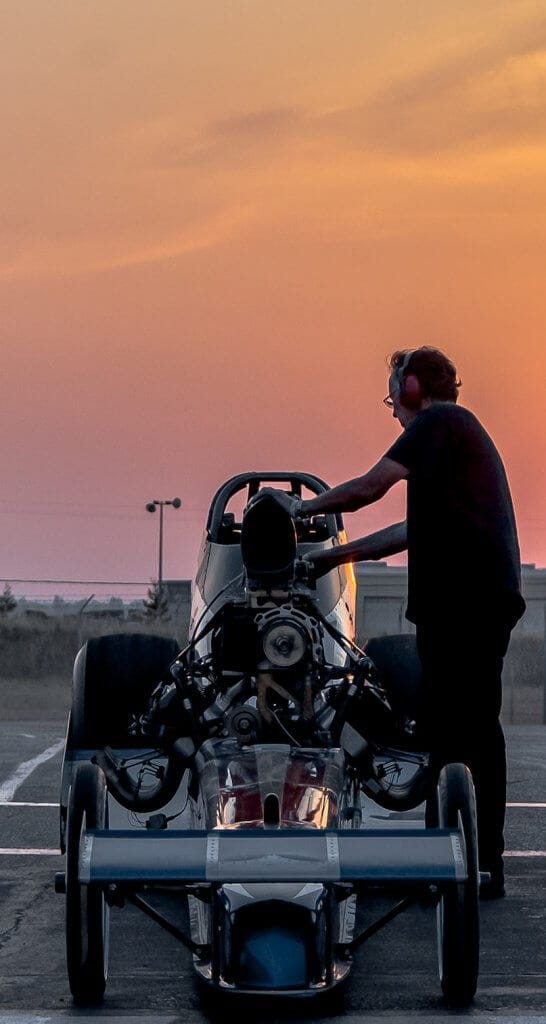Cars – they’re not just about transportation. They’re about design, form, power, and the essence of movement. When captured well, cars can look as beautiful in a photograph as they do on the open road. Here’s a guide to help you capture these mechanical marvels with the respect they deserve.
1. Equipment Considerations:
- Camera: A DSLR or mirrorless camera offers the most flexibility, but a good quality compact camera or even a smartphone can yield impressive results when used correctly.
- Lenses: Wide-angle lenses (like 18-55mm) are great for capturing the entire car, while telephoto lenses can isolate details. A prime lens, such as a 50mm, often provides a sharper image and a wider aperture for those shallow depth of field shots.
- Tripod: Essential for low light, long exposure shots, or when you need stability.
- Circular Polarizer: Reduces reflections on the car’s surface and windows, allowing the true color and form of the car to shine through.
2. Choose the Right Time and Location:
- Golden Hour: This is the period shortly after sunrise or before sunset. The light is softer, warmer, and often adds a magical touch.
- Avoid Midday Sun: Direct overhead sun can create harsh shadows. If shooting at this time, look for shaded areas.
- Location: Consider locations that complement the car’s design and purpose. For instance, a rugged SUV might look best in a mountainous or off-road setting, while a luxury sedan may shine on city streets.
3. Angles and Perspectives:
- Eye Level: Shooting at the car’s eye level tends to offer a more personal and engaging perspective.
- Low Angle: This gives the car a majestic or dominant appearance.
- Detail Shots: Get close and focus on details such as badges, rims, headlights, or interior elements.
- Driver’s POV: Capturing the view from the driver’s seat provides a unique perspective, offering viewers a vicarious experience.
4. Manage Reflections and Highlights:
- Clean the Car: Start with a clean, polished vehicle. Dirt and dust can be distracting and detract from the car’s beauty.
- Use a Polarizing Filter: This helps manage and reduce reflections.
- Awareness of Surroundings: Be aware of what’s reflecting on the car. Trees, buildings, yourself – these can become unwanted elements in your final image.
5. Play with Motion:
- Panning: Use a slower shutter speed (e.g., 1/30s) and move (or “pan”) the camera along with a moving car. This blurs the background, emphasizing the car’s motion.
- Rolling Shots: These are taken from another moving vehicle. This gives a dynamic perspective, showcasing the car in action.
6. Post-Processing:
A little post-processing can elevate your photo, making colors pop and details stand out.
- Color Correction: Ensure your whites are white and your blacks are black. Adjust the vibrancy and saturation for a pop of color.
- Sharpening: Bring out the details, but be cautious not to overdo it.
- Remove Distractions: Tools like the “clone” or “heal” function can help remove unwanted elements from your image.
7. Safety First:
Whenever you’re photographing cars, especially in motion or on roads, always prioritize safety. Be aware of your surroundings and ensure you’re not in a position where you could be harmed or distract drivers.
Conclusion:
Photographing cars is as much about passion as it is technique. By understanding your equipment, choosing the right environment, and experimenting with different angles and post-processing, you can produce stunning images that do justice to these incredible machines. So, take your camera, find a beautiful car, and start capturing its essence one frame at a time.














